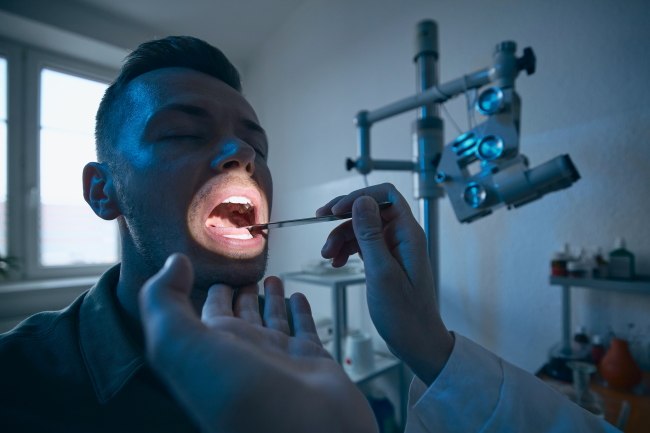As people age, natural changes occur to a person’s voice. The pitch of a child’s voice is easily discernable from that of someone elderly. However, some voice changes aren’t normal.
When speaking, the vocal cords are brought together in the larynx, producing sound as lungs push air through them. When the air passes through, it causes the vocal cords to vibrate, creating the sounds that make speech. Abnormal voice changes can occur when something interferes with vocal cords movement, keeping them from proper function.
Voice disorders are characterized by changes in voice quality, pitch, or resonance. They are usually in one of two categories– organic or functional.
Organic voice disorders are physiological by nature and result in structural changes in the vocal tract mechanism. These changes can include growths on the vocal fold such as lesions, polyps, and cysts. Paralysis of a vocal cord or inflammation of the larynx can also cause voice problems.
Functional voice disorders occur when a normally functioning vocal mechanism is stressed or misused. Excessive throat clearing, shouting, or even prolonged talking can cause vocal fatigue and hoarseness.
What is an ENT Doctor?
ENT doctors are specialists in diagnosing and treating disorders of the ear, nose, and throat. A doctor will ask questions about the onset of the problem and perform a thorough examination.
If you are diagnosed with a voice disorder, your treatment may include rest, voice therapy, medication, or surgery, depending upon the cause.
Common Conditions That Cause Voice Disorders
Laryngitis
Laryngitis is inflammation of the larynx caused by infection, an irritant, or overuse. The vocal cords become swollen and stiff, creating irregular vibrations, hoarseness, and a raw sensation in the throat.
Muscle Tension Dysphonia
Dysphonia is a generic term for a voice disorder. Muscle tension dysphonia occurs when the muscles surrounding the larynx become so tight that the voice box doesn’t function properly. Symptoms include a tight and achy throat, hoarseness, and tenderness of the neck.
Spasmodic Dysphonia
This type of Dysphonia results in spasms of the larynx muscles, causing the voice to break involuntarily and have a tight and strained sound. The severity can range from having difficulty saying a single word to being unable to speak at all.
Vocal Chord Lesions
These are non-cancerous growths on the vocal folds that cause hoarseness. The development of nodules, polyps, and cysts is associated with vocal trauma. Vocal trauma can occur with professional singers and those with occupations that require excessive talking.
Vocal Cord Paralysis
Nerve impulses to the larynx are disrupted, resulting in paralysis of the vocal cord muscles. This affects a person’s ability to speak or even breathe.
Risk Factors Contributing to Voice Problems
- Smoking
- Alcohol Use
- Excessive talking or shouting
- Acid reflux
- Neurological disorders
- Thyroid problems
- Psychological stress
When To Seek Treatment
Consult a physician, preferable an ENT specialist, if there is a sudden loss of voice, a change in voice that persists for more than two weeks, or pain associated with speaking.


